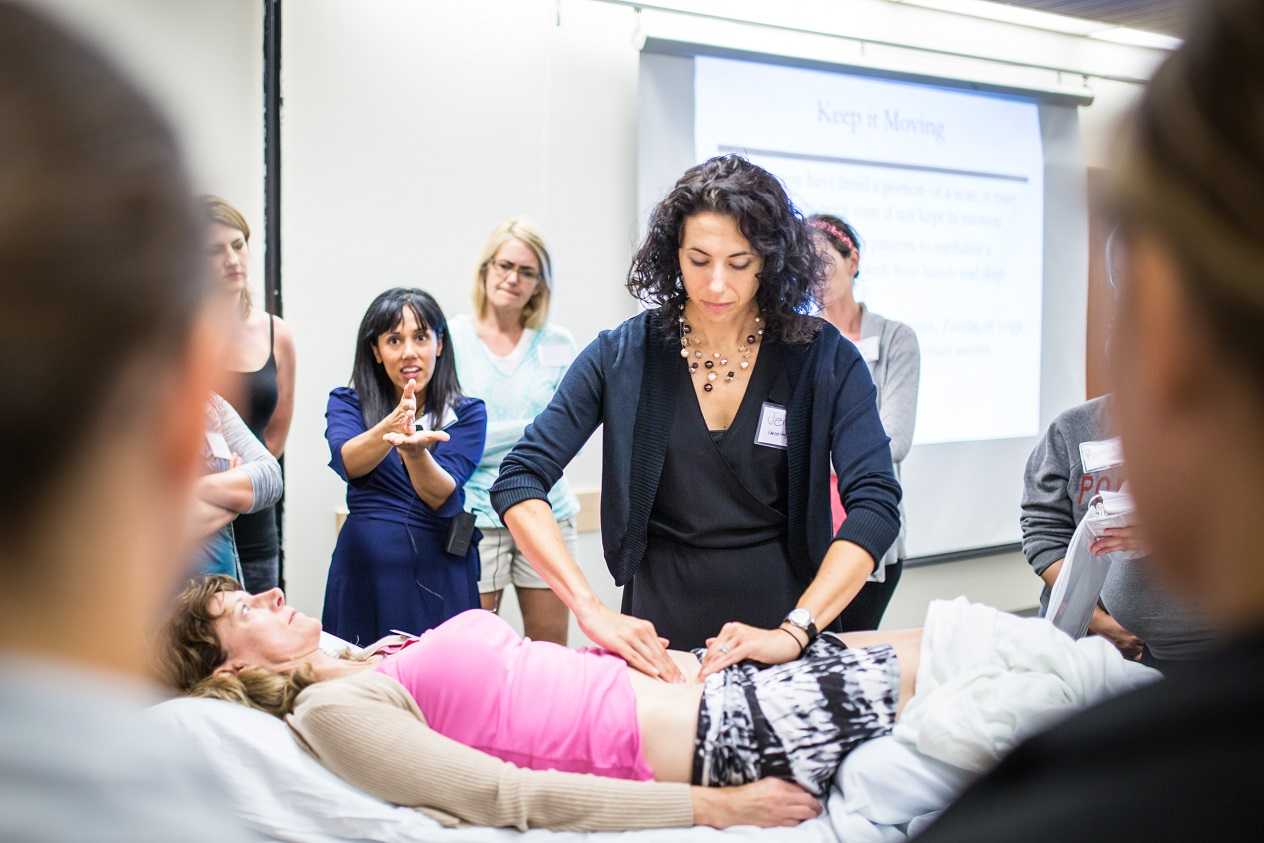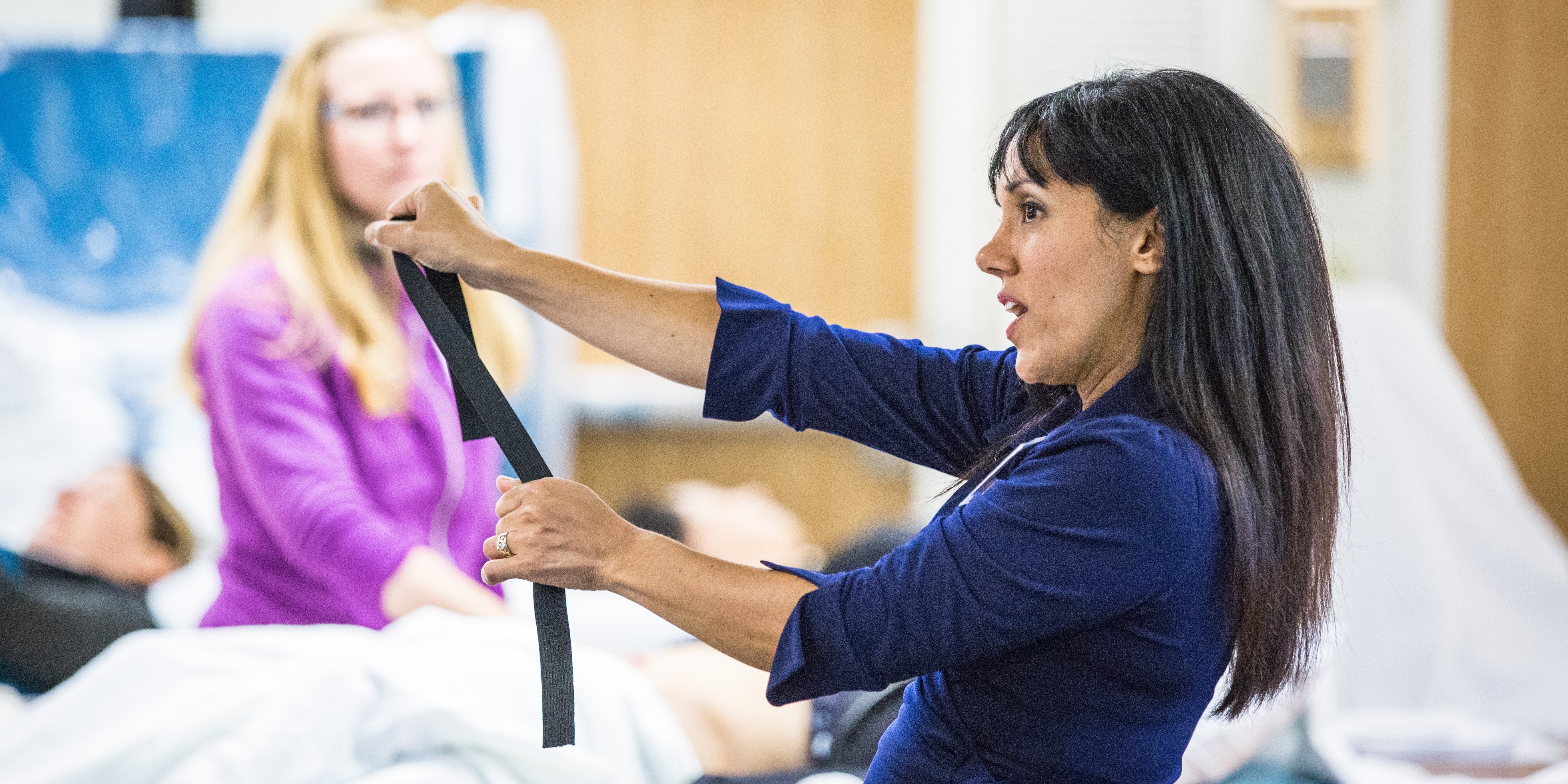An Orthopedic Approach to Coccyx Pain
Most of us spend our day sitting and do not think about the position of our ilia, sacrum or coccyx during the change from standing to sitting. Weightbearing through a tripod of bilateral ischial tuberosities and a sacrum that should have normalized form closure should be easy and pain free. The coccyx typically has minimal weight bearing in sitting, about 10%, just like the fibula, however, it can be a major pain generator, if the biomechanics of the ilia, sacrum and femoral head positions are not quite right.
 Coccydynia and Painful Sitting is a course that can be related to all populations that physical therapists treat. A lot of patients will state “my pain is worse with sitting” which can mean thoracic pain, low back/sacral pain and even lower extremity radicular pain. Women’s health providers treat anything regarding the pelvis, so we are seeing a lot of complicated histories and symptoms.
Coccydynia and Painful Sitting is a course that can be related to all populations that physical therapists treat. A lot of patients will state “my pain is worse with sitting” which can mean thoracic pain, low back/sacral pain and even lower extremity radicular pain. Women’s health providers treat anything regarding the pelvis, so we are seeing a lot of complicated histories and symptoms.
Scanning the literature for coccyx treatment does not always yield the best results for physical therapists. Most literature states what the medical interventions can be, and physical therapy is never at the forefront. However, as we are musculoskeletal and neuromuscular specialists, this is no different on our thinking patterns relating to coccyx pain or painful sitting.
During sitting, the coccyx has a normal flexion and extension moments that will change or become dysfunctional once mechanics above and below that joint change. A simple ankle sprain from 2 years ago can result in chronic knee pain, sacroiliac pain, and can lead to coccyx pain over time. Even the patient who has long standing TMJ (temporomandibular joint) and cervical dysfunction, now has a thoracic rotation and your correction of their coccyx deviation cannot maintain correction.
This course sparks your orthopedic mindset, encouraging the clinician to evaluate the coccyx more holistically. What are the joints doing? How does it change from sitting to standing? Standing to sitting? What is the difference from sitting upright to slump activities? Working through the basics and the obvious with failed results, takes you to the next step of critical thinking within this course. How does the patient present, what seems to be lacking and how to correct them biomechanically to achieve pain free sitting?
Related coccyx musculature and nerve dysfunction can seem like the easiest to treat, but what happens when those techniques fail? This course looks at the entire body, from cranium to feet, to determine the driver of coccyx pain and dysfunction. A better understanding of ilial motion, with accompanied spring tests (Hesch Method), normalizing spinal mechanics and lower extremity function is highlighted in this course. Internal vaginal and rectal release of pelvic floor muscles can lead to normalized coccyx muscle tension that are supported via coccyx taping.
Join me for "Coccydynia and Painful Sitting: Orthopedic and Pelvic Floor Muscle Implications", taking place May 6-7 in Dayton, OH and October 13-14 in Houston, TX.
By accepting you will be accessing a service provided by a third-party external to https://hermanwallace.com./







































